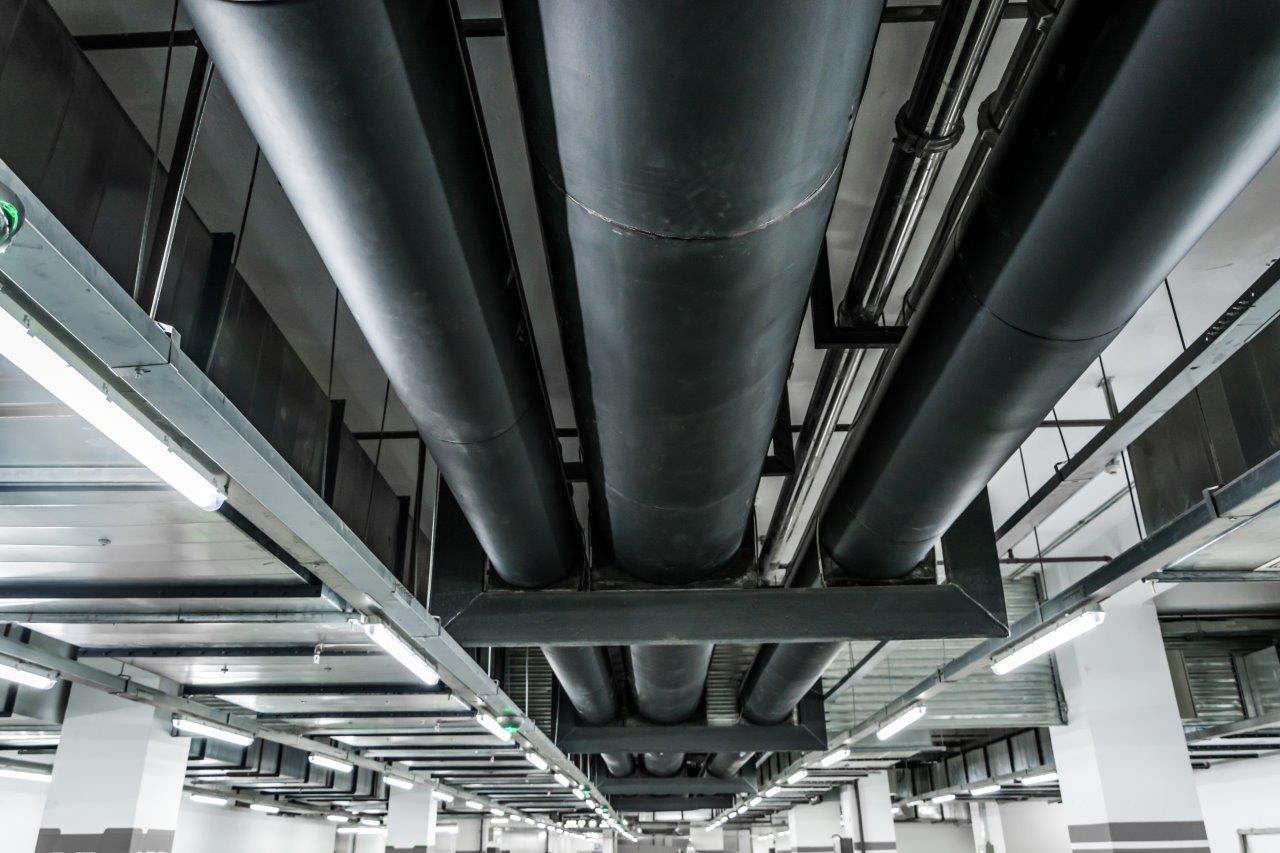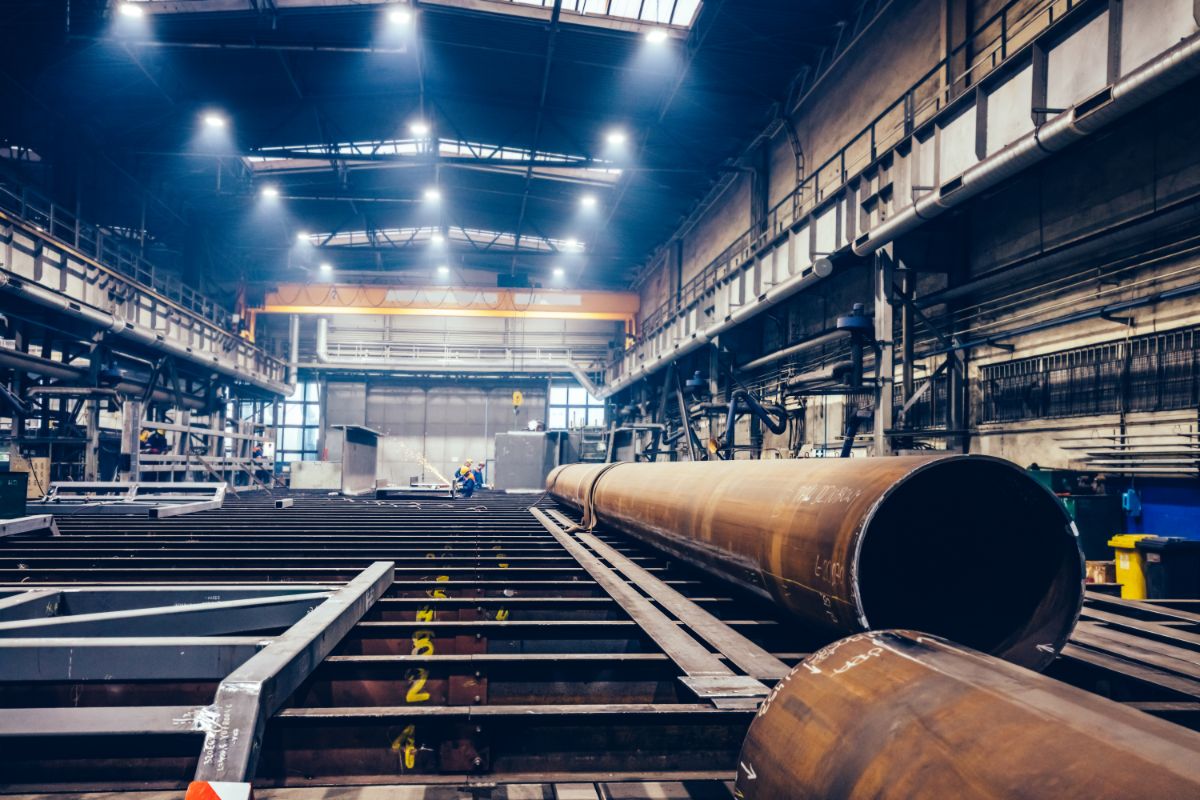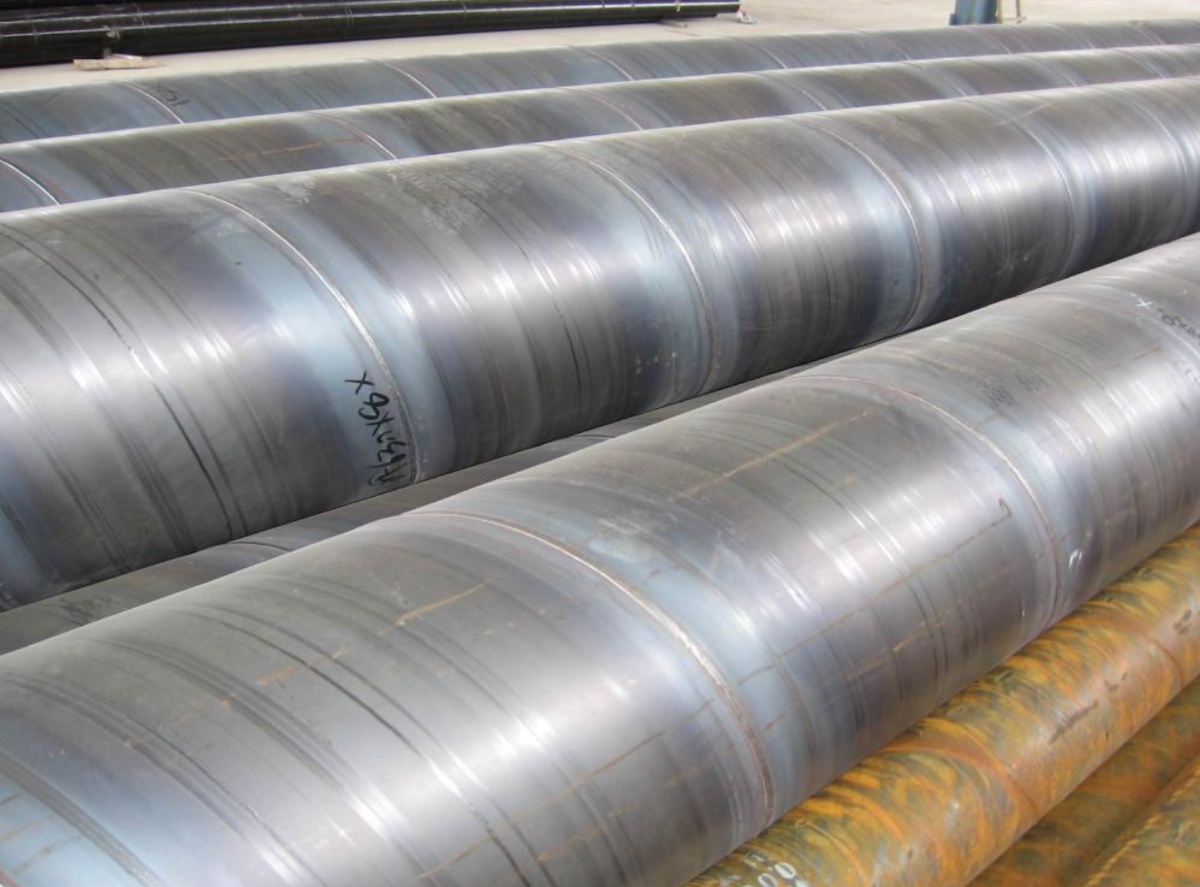
Straight Weld vs. Spiral Weld: What’s the Difference?
What are the differences between straight weld vs spiral weld pipes?
- Manufacturing process
- Strength
- Weld length
- Probability of weld defects
- Main applications
There are a lot of factors to consider when placing your orders for pipe products. For example, if you have the opportunity to choose between a straight weld vs spiral weld pipes, there are a lot of differences between the two options that you need to consider. Keeping these in mind will ensure the pipe you choose perfectly meets the demands of your project.
Not sure which one to pick between the two? Continue reading on! Here are five differences between a straight-welded and spiral-welded pipe.
What are straight-weld and spiral-weld pipes?
Simply put, a straight-weld and spiral-weld pipe are two kinds of welded steel pipe. Both options offer superior performance for a wide range of applications, which makes them some of the most popular kinds of pipe for any construction project. But, these welded steel pipes have some very fundamental differences.
Given that they are manufactured differently, there are variations in their uses, strengths, and functionality.
Manufacturing process

The main difference between the straight weld and spiral weld pipes lies in their manufacturing process.
Straight welded pipes are made by bending and forming a steel billet. Once the desired shape is made, this is then welded together down the length of the pipe. This process creates a straight, longitudinal seam down the very center of the pipe. Hence, its name. Spiral welded pipes, in contrast, are rolled from a steel billet to create a helical angle. The edges are welded together to create a pipe.
The manufacturing process of straight welded steel pipes is much simpler. They are typically made with high-frequency welding techniques, while spiral welded pipes are made using a submerged arc welding method.
Comparing the two, straight welded pipes are more efficient to manufacture, offering lower production costs but higher development speeds, compared to spiral weld methods.
Strength
When comparing the two types of steel pipe, spiral welded pipes have a certain advantage when it comes to pipe strength. This is because they are produced through submerged arc welding. This welding technique offers great quality and uniform welds and deeper weld penetration than other techniques.
Weld length

With spiral welded pipes, you can produce pipes of different diameters, even when using billets of the same width. You can also create spiral welded pipes with larger pipe diameters, even with narrower steel billets.
Comparing it with the same size of billet used to make a straight welded pipe, the weld length of a spiral welded pipe can be increased from 30% up to 100%. However, creating larger diameter spiral welded pipes can take much longer to produce.
Thus, small diameter pipes are typically made with straight welding methods. Larger diameter pipes are typically made through spiral welding.
Probability of weld defects
To make straight welded steel pipes — particularly those with longer lengths and larger diameters — T-welding techniques are used. This technique splits the length of the longitudinal weld into shorter sections and helps the pipe meet engineering requirements.
However, while this does help make the product viable, it does increase the risk of welding defects in the straight seam. Furthermore, the residual stress from welding using this technique tends to create a stress effect, which further increases the probability of defects, especially cracks.
In comparison, spiral welded pipes made with the submerged arc welding process create welds with an arc ignition point and arc extinguishing point. This creates a more stable weld with less risk of welding defects, particularly at the arc extinguishing point.
Main applications
Because of their many differences in terms of strength, construction, and length, there will be applications where one kind of pipe performs better than the other.
Generally, straight welded pipes are used for lighter-weight applications due to their less robust form. This includes applications like transporting gas, plumbing, electrical conduits, and the like. This type of pipe is also cheaper than a spiral welded pipe, which can make it the more cost-effective choice for some projects.
Spiral welded pipes, on the other hand, can fulfill more variations in length, thickness, and diameter. This allows it to be the better option for projects that need custom-made pipes. Furthermore, its superior strength makes it the ideal pipe for high-pressure, high-temperature applications. This includes transporting certain gasses, liquids, and oil, and use in industries like pharmaceuticals. However, it takes longer to produce, and can be more expensive to purchase.
Key Takeaway
The choice between straight weld vs spiral weld pipes will ultimately depend on your project’s requirements, your flexibility, and your budget.
If you’re in the market for the best-made steel pipes in the Philippines, contact Supreme Pipe today. We carry a wide selection of steel pipes and are a trusted supplier of various industries with our top-tier steel products. Send us a message to learn more about our products, or our capabilities.


